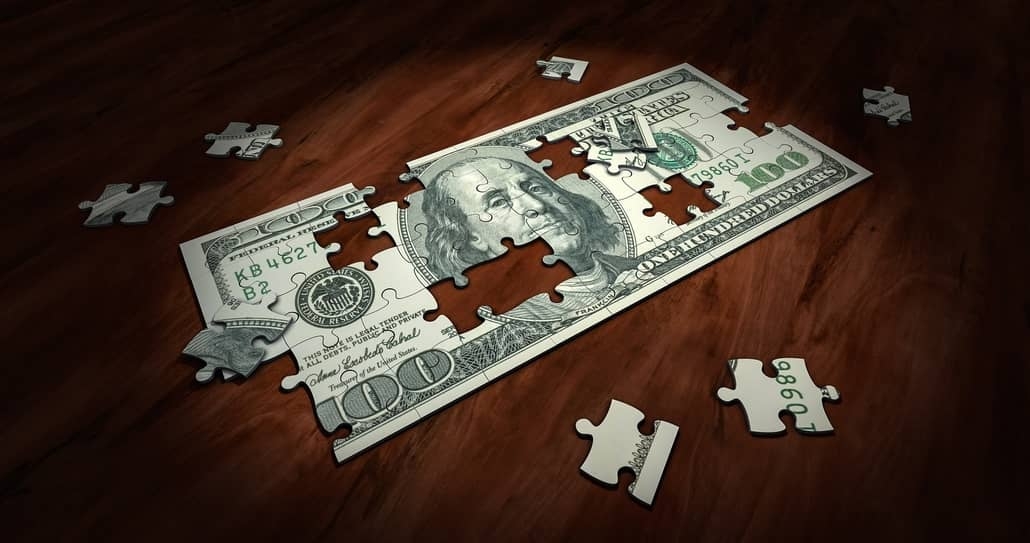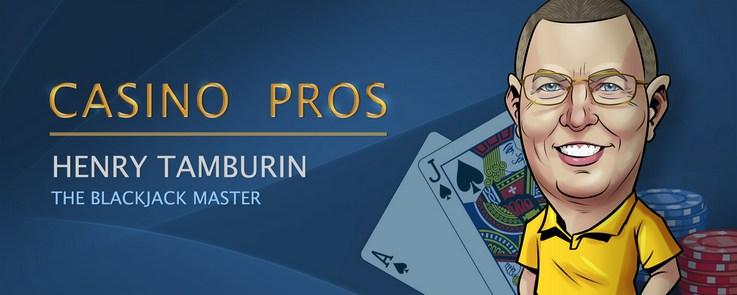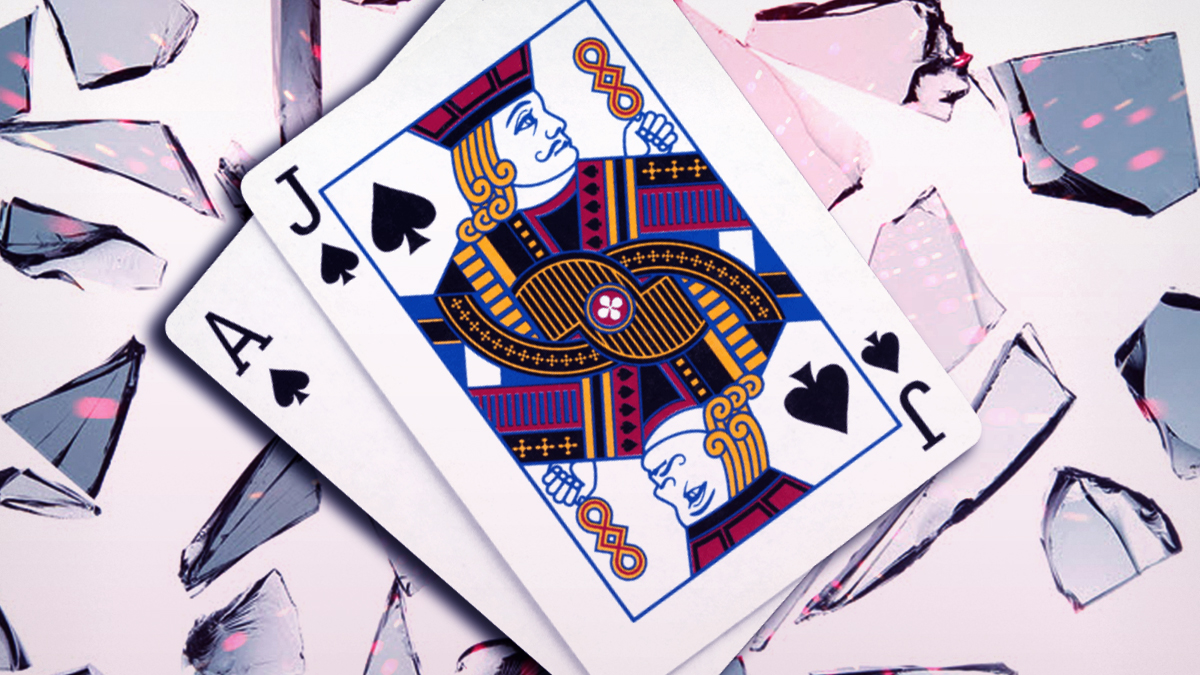Is Blackjack Beatable
Blackjack is by far the most popular game at any casino. However, players might find the blackjack tables at PA casinosare even busier than most.
- BLACKJACK SIDE BETS. In an effort to encourage more players to play blackjack, and also to improve their margins, many land-based and online casinos have added side bets on their blackjack tables.The innocent-looking side bets usually require a rather small wager (typically only a dollar), and they generally have payoffs that are greater than the customary even-money blackjack payoffs.
- A blackjack strategy chart is a matrix that shows all the possible combinations of your hand and the dealer’s exposed card. It shows the action you should take when facing each combination. These charts are based on the correct rules for employing basic strategy, so if you do what the chart says, you’ll be making the right decision every time.
Blackjack is considered a beatable game because it is possible to put the odds in your favor and give yourself a positive expected return. However, this is not easy to do. It requires the use of a skill called card counting, which involves keeping track of the cards dealt in order to determine when the remaining cards create a situation that is favorable to the player.
That’s because the Pennsylvania Gaming Control Board (PGCB) has set rules for Blackjack at PA casinos that make the game even more player-friendly.
There’s no doubt Blackjack can be fun. However, the number-one reason for its popularity is the fact it often offers casino players the best chance to beat the house.
The game has a low house edge to begin with. The rules for Blackjack put forth by the PGCB lower that house edge even further.
In fact, the house edge for PA casino blackjack under PGCB rules is only about .40 percent. That means the game has a theoretical return to player rate (RTP) of 96.6 percent. In other words, over the long haul, $96.60 of every $100 bet on Blackjack at a PA casino will be returned to players.
That’s about as player-friendly as a casino game gets.
Basic PA Blackjack rules
Every PA casino employs the same Blackjack rules. The basic PGCB rules that give Blackjack in PA its low house edge are as follows:
- Blackjack pays 3:2
- Dealer stands on soft 17
- Players can double down on any two cards
- Players can split up to three hands (except aces) and double down after splits
- Late surrender is allowed, allowing players who don’t like their hand to give up half the bet when the dealer doesn’t have blackjack
The payout on Blackjack (3:2) is certainly better than many casinos across the country where it pays 6:5. The difference on a $10 bet is $3 in winnings and that can certainly add up over time.
Having dealers stand rather than hit on soft 17 (17 with an ace) has a major impact on the house edge. Players may not see this scenario play out too often during the average Blackjack session, but they’ll certainly be happy when they do.
Allowing players to double down on any two cards and double after splitting up to three hands is like giving them an invitation to increase profits when things are going well at the table. Blackjack can be a streaky game and these PA Blackjack rules let you take full advantage of that fact.
The late surrender secret
Casinos may not come right out and tell you about the late surrender rule employed in PA. Plus, even the savviest gamblers don’t invoke the late surrender option too often. However, the ability to give up half a bet rather than hit or stand with terrible cards facing almost insurmountable odds most definitely reduces the house edge.

Learn basic strategy
PA casinos are not just giving away money to Blackjack players just for walking in the door. The PGCB Blackjack rules are player-friendly, but they are not a license to print money. Players need to learn and employ a good, solid, basic Blackjack strategy, taking into account the player-friendly PGCB Blackjack rules, to take advantage.
Cheat sheets are available online that can help players perfect a basic Blackjack strategy. It’s all about making the best odds play, hitting when the timing is right and standing when it isn’t.
Cheat sheets can provide all the information a player will ever need regarding every holding and dealer up card. Players that study and use this information ensure the true house edge for PA Blackjack can be realized. Any mistakes or deviations from basic strategy and players are essentially giving the house its edge back.

PGCB rules here to stay
Back in 2016, the PGCB Executive Director told Trib Live Player’s Advantage columnist Mark Gruetze PA’s Blackjack rules are player-friendly and here to stay:
“I don’t foresee any changes. Our board has consistently recognized their responsibility to protect the gaming public in all aspects of legalized gaming. Part of that is to have rules of the game that provide an appropriate house advantage to the casino but something that still meets a standard of reasonableness and a standard of fairness. We’re pleased with how we have accomplished that in games (like Blackjack) that have been on the books since 2010.”
PA Blackjack side bets
Not all PGCB Blackjack rules are as player-friendly as those described above. In fact, the PGCB allows PA casinos to make some money back on side bets that often come with a huge house edge.
There are nine Blackjack side bets the PGCB allows casinos to offer. Here’s a list with odds:
Hit And Run Progressive and Bad Beat Progressive
Both these bets pay out progressive jackpots when near impossible situations play out. The Hit And Run Progressive hits when the dealer makes an eight-card hand.
Bad Beat Progressives hit when the dealer makes 21 with seven cards or more. Both also pay out small when the dealer either makes Blackjack or beats a 20 with 21.
The house edge is upwards of 45 percent, but when the jackpots get big enough, even savvy Blackjack players might deem it worth taking a shot at either of these side bets.
Lucky Ladies and King’s Bounty
Players that take the Lucky Ladies or King’s Bounty side bet option get paid 4:1 when they draw 20 in the first two cards. The big payday comes when they draw two Queens of Hearts playing Lucky Ladies and two Kings of Spades playing King’s Bounty. It pays 1,000:1, but unfortunately, that’s not the true odds of accomplishing such a feat, keeping the house edge on both games around a whopping.
In Between
In Between bets pay when the dealer’s up card falls in between the player’s first two cards. Payouts vary depending on the size of the gap but max out at 30:1 when all three cards match. At 13 percent, In Between has a sizable house edge.
Bet The Set
Bet The Set pays players for drawing pairs and suited pairs. The House edge is around 10 percent but the most it ever pays is 15:1.
Royal Match
Royal Match side bets pay off at 2:1 when a player’s first two cards are suited. A big 1,000:1 payday comes when both player and dealer draw King-Queen suited. However, the true odds of that are astronomical and Royal Match has a house edge of close to six percent.
Match The Dealer
Bet Match The Dealer and get paid up to 11:1 or 14:1, depending on how many decks are in play when either of your first two cards matches the dealers up card. It’s a better bet than Lucky Ladies or King’s Bounty but the house edge is still upwards of four percent.
21+3
21+3 side bets pay off at 9:1 on flushes, straights, trips, and straight flushes. The house edge is lower here than most, standing at 2.8 percent.

One of the most appealing aspects of blackjack is that there’s some element of skill involved. With many casino games, you are entirely reliant on luck, but with blackjack your actions affect the outcomes of hands.
Blackjack is still a game of chance; it’s just that luck isn’t the only factor that determines whether or not you win or lose.
What this means in practice is that you can actually improve your chances of winning. More accurately, in fact, it means that you can decrease your chances of losing.
Every decision you make, such as whether to hit or to stand, will have a direct impact on the result of a hand.
If you consistently make the correct decisions, you can reduce the house edge to a level where the casino’s advantage is almost obsolete.
On this page we explain how basic blackjack strategy can help you make correct decisions each and every time you play.
We explain how it works, how to use it, and we provide a sample strategy chart. We also look at a few blackjack strategies that don’t work.
How Blackjack Strategy Works
You have some information to work with every time you have a decision to make at the blackjack table. You know what cards you have, and you can see one of the dealer’s cards. Based on this information, it’s possible to work out the probabilities of what could happen next.
This is because there’s a fixed number of cards in the decks, and a fixed probability for each of those cards being dealt.
This is done by comparing the probabilities of all the possible combinations of cards that could be dealt, and determining how these combinations would impact the final outcome of the hand.
Once you know how the different actions you can take will affect your chances of winning, you can then choose the optimal one. There’s always a correct mathematical decision to make, and taking it enables you to keep the house edge to the absolute minimum.
That is essentially the whole point of blackjack strategy.
The problem with basic blackjack strategy is that it’s not always easy to establish the correct decision accurately. There are some complicated mathematical calculations required.
Unless you’re a genius, there’s a very small chance of you being able to make those calculations every time you play a hand. Thankfully, you don’t have to make any calculations.
Is 8 Deck Blackjack Beatable
These rules tell you exactly what action you should take in any given situation, based on the cards in your hand and the exposed dealer card.
By following them, you can apply basic blackjack strategy without using any math at all. All you have to do is learn the rules.
Given that there are hundreds of different situations you can find yourself in at the blackjack table, learning the rules for what to do in each one isn’t necessarily easy.
It might be pretty obvious that you should stand if you have 20 and the dealer is showing an eight, but situations such as having 12 when the dealer is showing a three are perhaps not so clear.
If you want to apply basic blackjack strategy perfectly, then you need to know what to do in every possible situation. This is where the use of strategy charts comes in handy.
A blackjack strategy chart is a matrix that shows all the possible combinations of your hand and the dealer’s exposed card. It shows the action you should take when facing each combination.

These charts are based on the correct rules for employing basic strategy, so if you do what the chart says, you’ll be making the right decision every time.
Is Blackjack Really Beatable
The following is an example of how a strategy chart looks. Along the top you have the dealer’s card, and down the side is your hand. Each individual cell shows what action you should take for the relevant combination.
The chart includes a key for the action each symbol in the cells represents.
You’ll notice that some of the actions are dependent on certain rules. For example, splitting is the right decision in some situations only if you are allowed to double after a split. This is because there are variants of blackjack where some of the rules are different.
Is Double Deck Blackjack Beatable
The perfect strategy will vary depending on the exact rules of the blackjack variant you are playing. The chart shown above is the correct strategy for playing an eight deck game where the dealer stands on soft 17.
A few decisions would be slightly different if you were playing another game. These differences are, however, very marginal. If you follow the above chart for any variant, you will still play close to perfect hand.
Is Online Blackjack Beatable
Therefore, you stand a much better chance of winning more hands than you lose during a single session.
There are a few blackjack strategies that, for some reason, are popular among players even though they don’t work. These are as follows:
- Mimic the Dealer
- Never Bust
- Assume a Ten
- Progressive Betting
Mimic the dealer is a simple strategy where you simply act in the same way as a dealer would in any situation. You would never split, double, or surrender, because these options aren’t available to the dealer.
Basically, you would just hit on less than 17 and stand on 17 or higher, regardless of the dealer’s exposed card. This isn’t a good strategy at all, because splitting and doubling can be very advantageous to the player in the right situations.
Never bust is an equally simple strategy.
You just never hit if there’s a risk of going bust, so you always stand on 12 or higher. While this might seem like a safe approach, it actually increases the house edge.
A ten strategy works on the basis that you assume the next card will always be a ten, and that the dealer’s unexposed is a ten. Players often work on this assumption due to the fact that cards valued at ten make up around 30% of the deck (remember jacks, queens, and kings are all valued at ten).
However, 70% of the cards aren’t valued at ten, so you are still more likely not to get a ten. As such, this strategy doesn’t really work and increases the house edge.
Progressive betting is increasing or decreasing your bet size based on the result of your previous bet. This is a strategy that can be used in any form of betting, and there are several different progressive betting systems in existence.
They don’t have any effect on the house edge, because your chances of winning or losing a hand don’t change based on how much you bet.
They can also be very dangerous, particularly when aligned with systems such as the Martingale where you keep increasing your stake after a loss. One bad run can result in the loss of your entire bankroll.